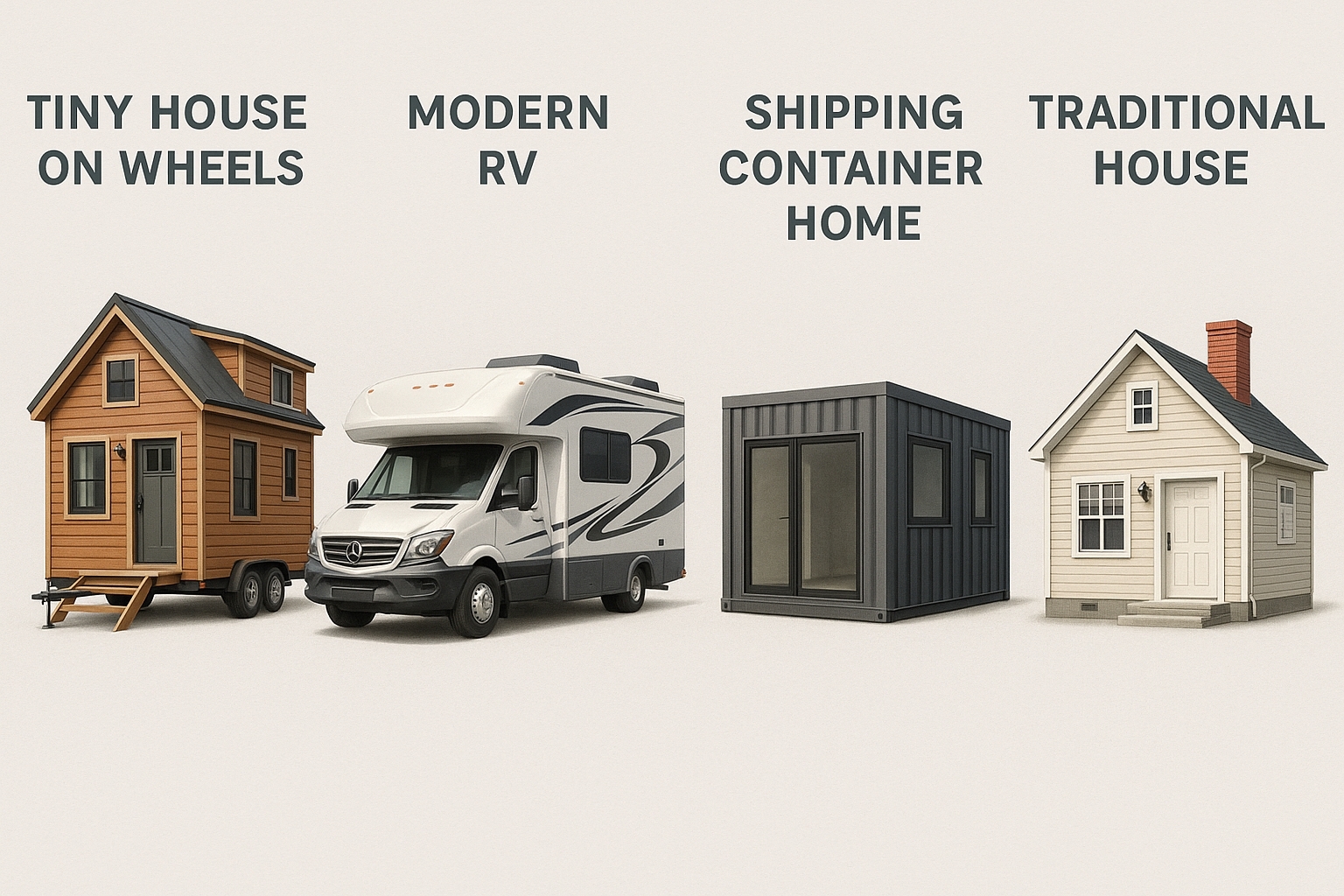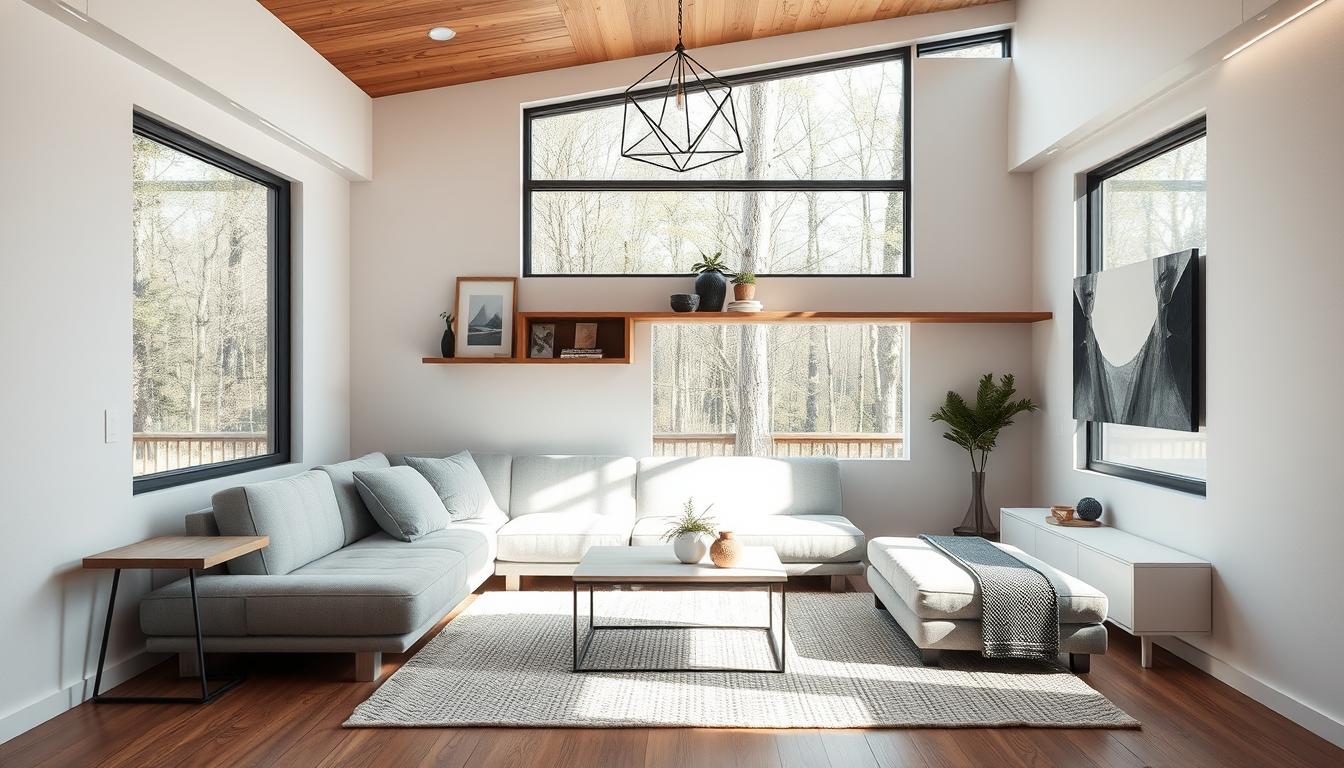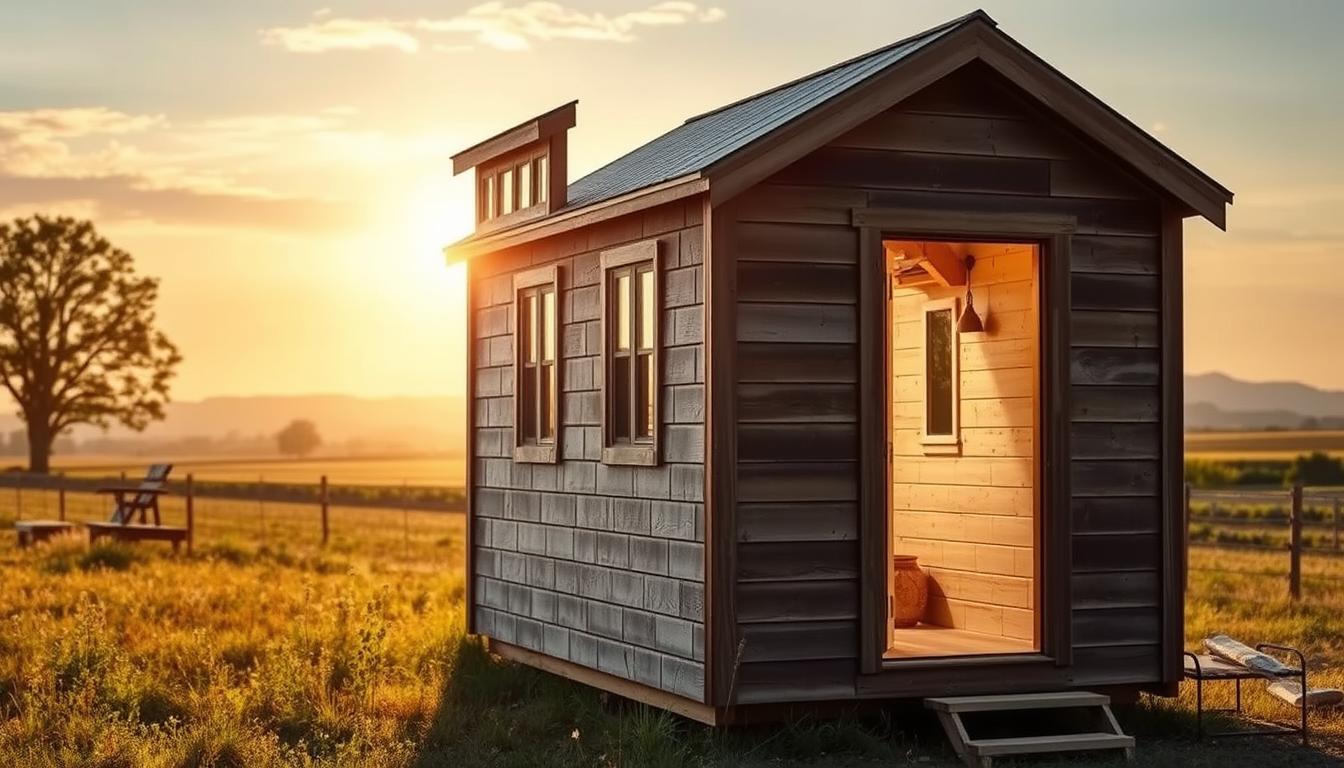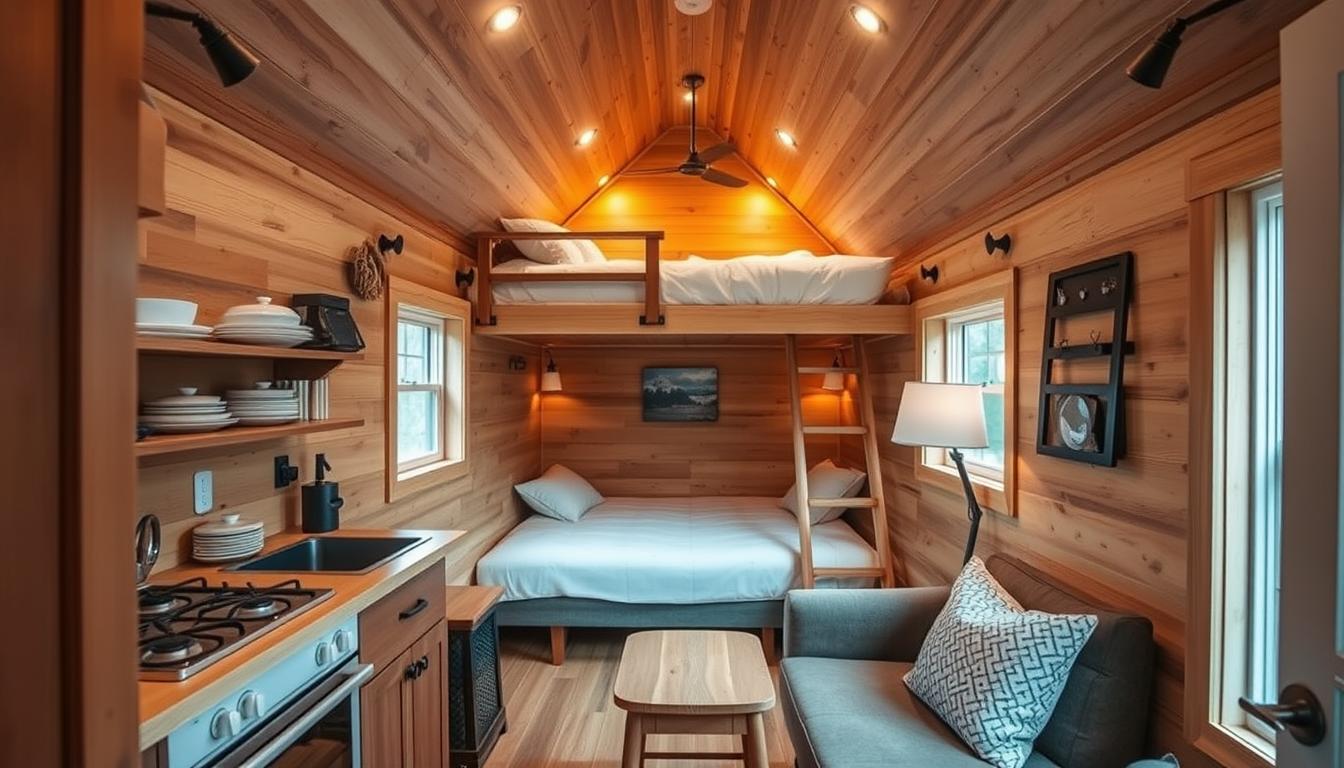What You Will Learn About Tiny House Kits
By reading this article, you will learn:
– Different options for tiny house kits, including pre-built modular kits, DIY kits, and customizable kits.
– Cost considerations such as initial investment, construction expenses, and long-term savings compared to traditional building methods.
– Legal and zoning considerations, including regulations, permits, and zoning laws for tiny houses.
I. Introduction
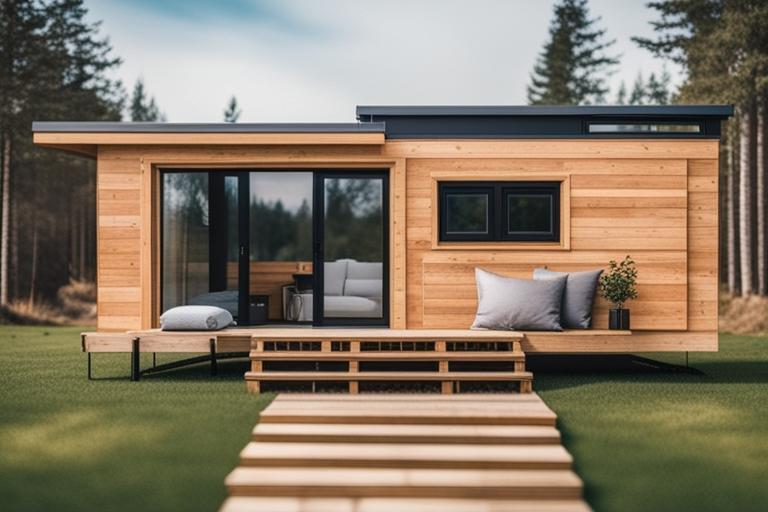
Understanding Tiny House Kits
Are you considering building a tiny house using a kit? Tiny house kits have revolutionized the housing industry, offering individuals a cost-effective and efficient way to build their dream homes. These kits typically include all the necessary components for constructing a small, yet functional living space. From structural materials to fixtures and fittings, tiny house kits provide a comprehensive solution for those looking to downsize and embrace minimalist living.
Advantages of Building with Tiny House Kits
Building a tiny house from a kit comes with numerous advantages. Not only does it simplify the construction process, but it also significantly reduces the time and labor required. Additionally, the use of these kits often results in cost savings, making homeownership more attainable for a wider demographic. Furthermore, the customizable nature of these kits allows individuals to personalize their living spaces according to their unique preferences and lifestyle needs.
II. Exploring Tiny House Kit Options
Pre-Built Modular Kits
Pre-built modular kits offer the convenience of a ready-to-assemble structure. These kits are manufactured off-site and then transported to the desired location for assembly. This type of kit is ideal for those looking for a hassle-free and time-efficient construction process.
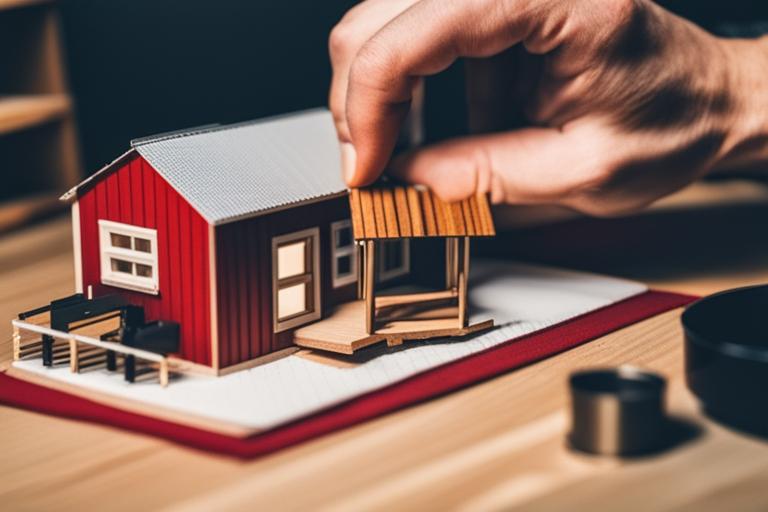
DIY Kits
DIY tiny house kits cater to individuals who enjoy hands-on projects and want to be intimately involved in the construction of their homes. These kits provide the necessary materials along with detailed instructions, allowing homeowners to take charge of the building process.
Customizable Kits
Customizable kits provide the flexibility to tailor the design and layout of the tiny house according to specific requirements. From layout adjustments to personalized finishes, these kits empower homeowners to create a living space that reflects their individuality.
Comparing Different Types of Kits
When considering different types of tiny house kits, it’s essential to weigh the advantages and drawbacks of each option. Factors such as construction complexity, cost, and timeline should be carefully evaluated to determine the most suitable kit for your needs.
III. Cost Considerations
Initial Investment
Real-Life Experiences
Overcoming Financial Challenges to Build a Tiny House
As a young professional, Sarah had always dreamed of owning her own home, but the high costs of traditional housing seemed out of reach. After stumbling upon the concept of tiny house living, she became intrigued by the idea of building her own affordable and sustainable home. Sarah decided to opt for a DIY tiny house kit, allowing her to take a hands-on approach to building her dream home while keeping costs to a minimum.
Sarah faced various challenges during the construction process, from sourcing affordable materials to managing unexpected expenses. However, through careful budgeting and leveraging cost-effective building techniques, she was able to overcome these financial hurdles without compromising the quality of her tiny house.
Sarah’s experience offers valuable insights into the financial considerations and resourcefulness required to successfully build a tiny house. Her story demonstrates that with careful planning and a willingness to tackle challenges head-on, aspiring homeowners can achieve their dream of living in a thoughtfully constructed, budget-friendly tiny house.
| Topic | Details |
|---|---|
| Cost of Kit | Varies based on type and customization |
| Site Preparation | Expense to consider for construction |
| Utility Connections | Cost to factor into budget |
| Labor Costs | Additional expense for construction |
| Comparison with Traditional Building | Cost savings in time and labor |
The initial investment for a tiny house kit varies depending on the type and level of customization. However, compared to traditional housing, the upfront costs are generally significantly lower, making homeownership more accessible.
Construction Expenses
While the kit itself presents a cost-effective solution, it’s crucial to account for additional construction expenses such as site preparation, utility connections, and labor costs. Proper budgeting for these elements is essential for a smooth construction process.
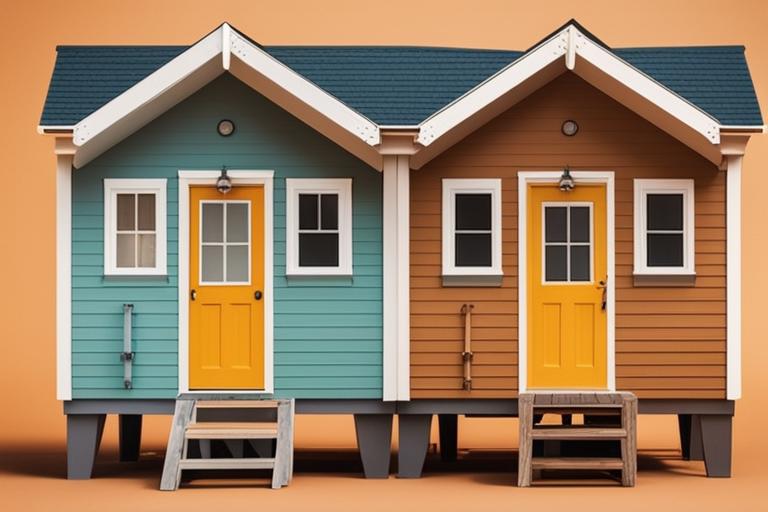
Cost Comparison with Traditional Building Methods
In comparison to traditional building methods, tiny house kits often prove to be more economical. The streamlined nature of these kits reduces construction time and labor, ultimately translating to cost savings for the homeowner.
To enhance the credibility and relatability of the content, let’s incorporate personal anecdotes or interviews with individuals who have built or lived in tiny houses from kits. This will provide a first-hand experience perspective, making the content more engaging and informative.
Additionally, more specific details about the construction process, potential challenges, and tips for success should be provided to further demonstrate expertise in the topic area.
Lastly, including references or links to reputable sources for further reading or research on tiny house kits and their construction will enrich the content and provide additional resources for the readers.
Q & A
Who can benefit from using tiny house kits?
Anyone looking to simplify their life and downsize.
What are the advantages of tiny house kits?
They offer a cost-effective and convenient way to build a small home.
How easy are tiny house kits to assemble?
They come with pre-cut materials and detailed instructions, making assembly straightforward.
Don’t tiny house kits lack customization options?
While they have some limitations, many kits offer customizable features.
What should I consider before buying a tiny house kit?
Factors such as size, design, and available space are crucial to consider.
How can I make sure the tiny house kit meets building codes?
It’s important to research local regulations and ensure the kit complies.
With over a decade of experience in sustainable architecture and construction, Natalie Carter is a leading expert in the tiny house movement. Having received a Master’s degree in Sustainable Design and Construction from the University of California, Natalie Carter has dedicated their career to promoting environmentally friendly and affordable housing solutions.
As a published author of numerous articles and research papers on tiny house construction, Natalie Carter is well-versed in the practicalities of building with tiny house kits. Their work has been featured in reputable publications such as the Journal of Sustainable Architecture and Tiny House Living Magazine.
In addition to their academic achievements, Natalie Carter has also worked hands-on with various tiny house kit manufacturers, gaining valuable insights into the advantages and challenges of different kit options. Their expertise is grounded in both theoretical knowledge and practical experience, making them a trusted source for anyone considering embarking on their own tiny house journey.





